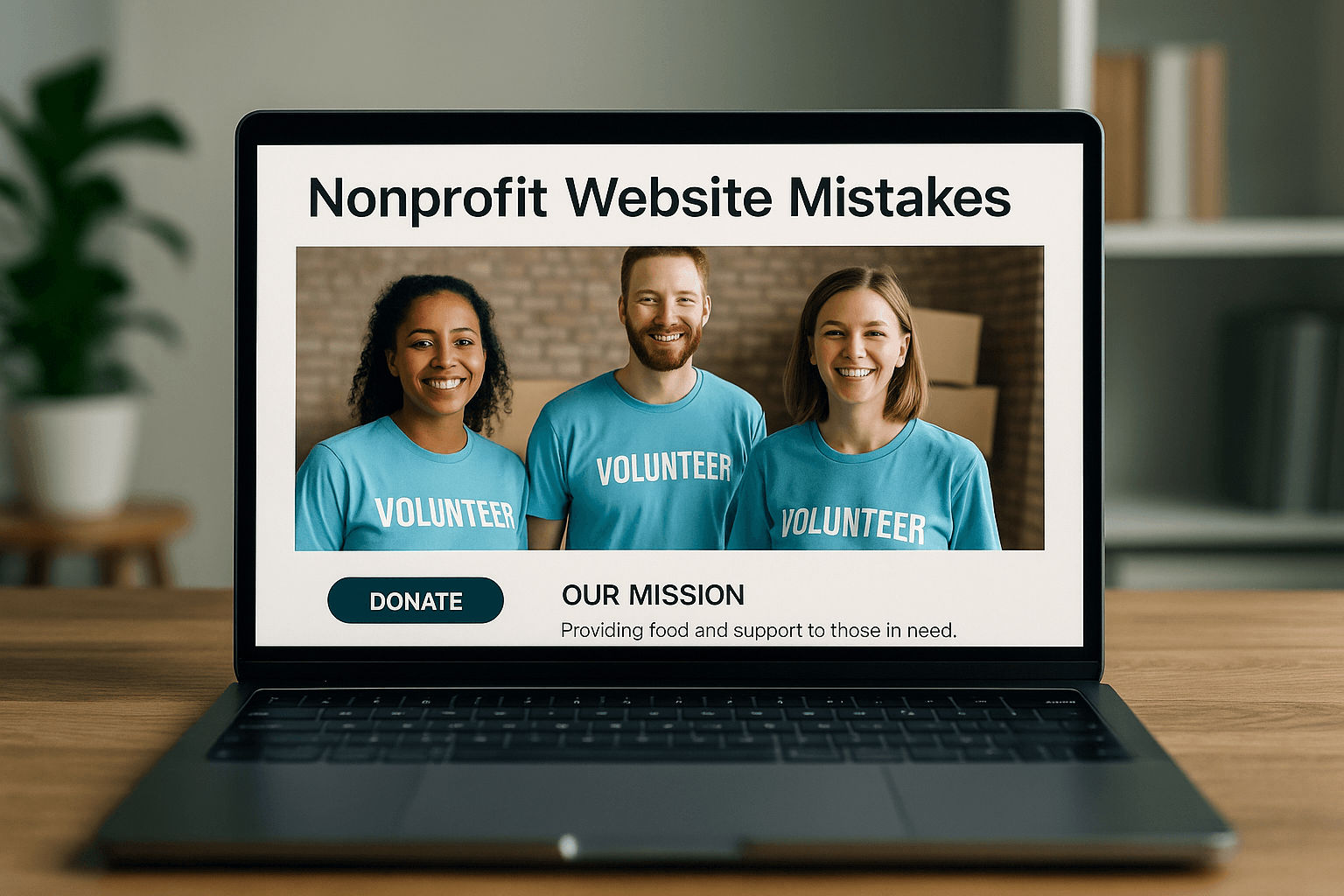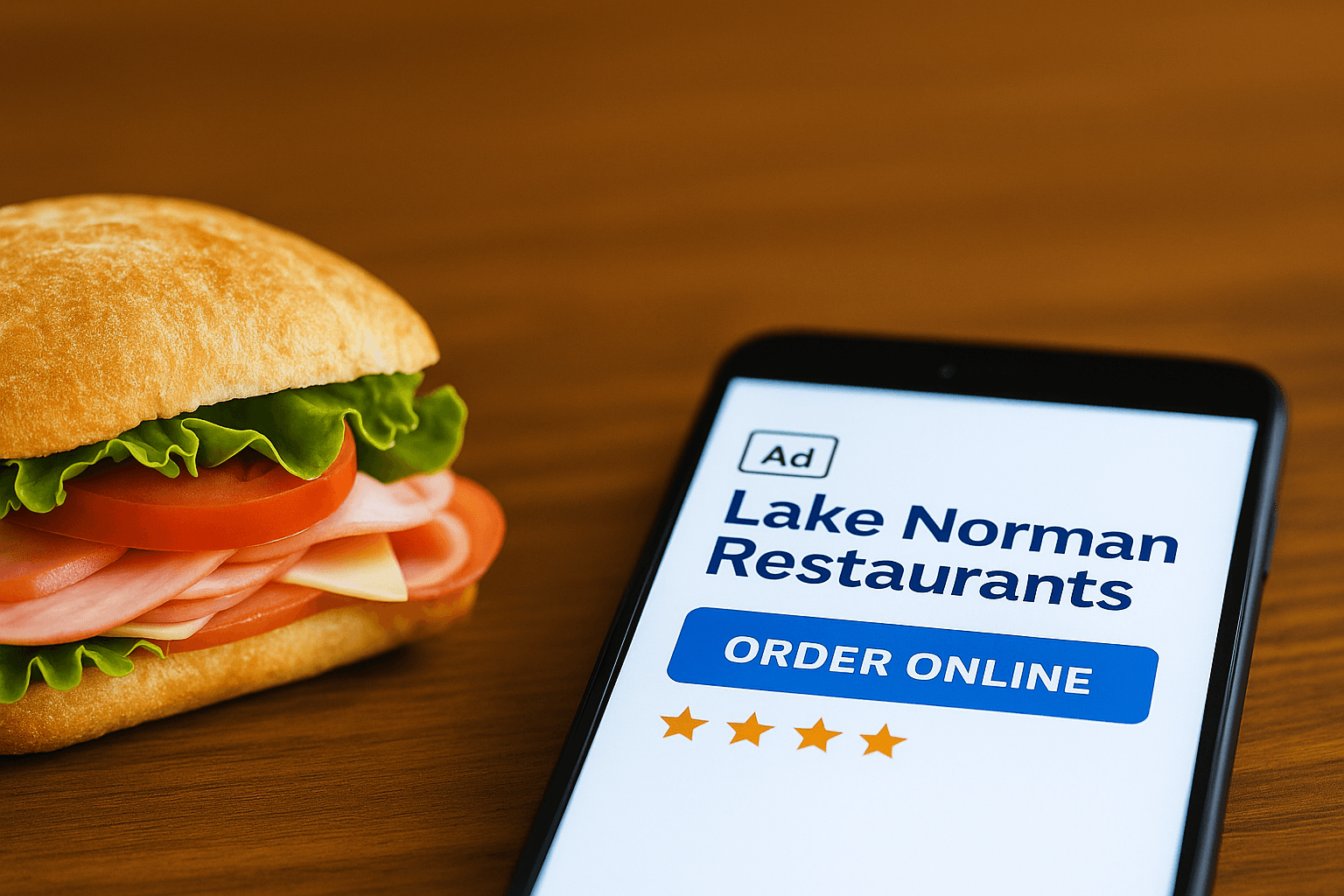Standing out from the crowd is essential for attracting guests and achieving long-term success. Branding your vacation rental property effectively is the key to differentiating yourself in a saturated market. This comprehensive guide will explore how to brand your vacation rental property to make it unforgettable. We’ll delve into various digital marketing strategies to enhance your brand presence, build trust, and ultimately increase bookings.
1. Define Your Unique Selling Proposition (USP)
The first step in branding your vacation rental property is to define your Unique Selling Proposition (USP). Your USP is what sets you apart from other properties and highlights why guests should choose your rental over others. To identify your USP, consider the following aspects:
Location and Scenery
- Proximity to Attractions: Is your property close to popular tourist spots, beaches, or hiking trails?
- Scenic Views: Does your rental offer breathtaking views of the mountains, ocean, or city skyline?
Amenities and Features
- Luxury Amenities: Do you provide high-end amenities like a private pool, hot tub, or gourmet kitchen?
- Unique Features: Does your property have a unique architectural style, historical significance, or themed decor?
Guest Experience
- Personalized Service: Do you offer personalized services such as concierge services, guided tours, or local experiences?
- Family and Pet-Friendly: Is your property ideal for families, pets, or specific types of travelers?
Once you have identified your USP, make sure it is prominently featured in your marketing materials, including your website, social media profiles, and listing descriptions.
2. Create a Compelling Brand Identity
Your brand identity is the visual and emotional representation of your vacation rental property. It encompasses your logo, color scheme, typography, and overall style. Creating a compelling brand identity involves several steps:
Design a Memorable Logo
A well-designed logo is crucial for brand recognition. Hire a professional designer to create a logo that reflects your property’s personality and USP. Ensure it is versatile and works well across various platforms, from your website to social media.
Develop a Consistent Color Scheme
Choose a color palette that aligns with the ambiance of your property. For example, a beachfront rental might use calming blues and sandy neutrals, while a mountain cabin could feature earthy tones like greens and browns. Use these colors consistently in all your branding materials.
Select Appropriate Typography
Typography plays a significant role in conveying your brand’s tone. Choose fonts that are easy to read and reflect the style of your property. For instance, a modern city apartment might use sleek, sans-serif fonts, while a rustic cottage could opt for a more traditional serif typeface.
Craft a Brand Voice
Your brand voice should reflect the personality of your property and resonate with your target audience. Whether it’s friendly and casual or elegant and sophisticated, maintain a consistent tone in all your communications, from website copy to social media posts.
3. Optimize Your Website for SEO
A well-optimized website is essential for attracting organic traffic and converting visitors into guests. Implementing SEO best practices will help your website rank higher in search engine results, making it easier for potential guests to find you. Here are some key strategies:
Conduct Keyword Research
Identify relevant keywords that potential guests might use when searching for vacation rentals in your area. Use tools like Google Keyword Planner or Ahrefs to find high-volume, low-competition keywords. Incorporate these keywords naturally into your website content, including headings, meta descriptions, and image alt text.
Create High-Quality Content
Regularly publish informative and engaging blog posts related to your property and local area. Topics could include travel guides, local events, or tips for a memorable stay. High-quality content not only attracts visitors but also establishes your property as a trusted source of information.
Optimize for Mobile
Ensure your website is mobile-friendly, as a significant portion of travelers book accommodations using their smartphones. A responsive design, fast loading times, and easy navigation are crucial for providing a seamless user experience on mobile devices.
Improve Site Speed
A slow website can deter potential guests and negatively impact your search engine rankings. Use tools like Google PageSpeed Insights to identify areas for improvement and implement necessary changes, such as compressing images, minifying code, and leveraging browser caching.
4. Leverage Social Media Marketing
Social media platforms are powerful tools for building brand awareness and engaging with potential guests. Utilize various social media channels to showcase your property’s unique features and connect with your audience.
Choose the Right Platforms
Identify the social media platforms where your target audience is most active. Instagram, Facebook, and Pinterest are popular choices for vacation rentals due to their visual nature. LinkedIn might be useful if you cater to business travelers.
Create Engaging Content
Share high-quality photos and videos of your property, highlighting its unique features and amenities. Use Instagram Stories and Reels to provide virtual tours and behind-the-scenes glimpses. Engage your audience with interactive content such as polls, quizzes, and Q&A sessions.
Utilize Hashtags
Use relevant hashtags to increase the visibility of your posts. Research popular hashtags in the travel and vacation rental industry, and create branded hashtags specific to your property. Encourage guests to use these hashtags when sharing their experiences.
Collaborate with Influencers
Partner with travel influencers and bloggers to reach a wider audience. Offer them a complimentary stay in exchange for honest reviews and social media posts. Influencer collaborations can significantly boost your brand’s credibility and visibility.
5. Encourage Guest Reviews and Testimonials
Positive reviews and testimonials are invaluable for building trust and credibility. Encourage satisfied guests to leave reviews on platforms like Google, TripAdvisor, and Airbnb. Here are some tips for collecting and showcasing reviews:
Provide Exceptional Service
Ensure every guest has a memorable and enjoyable stay. Go above and beyond to meet their needs and exceed their expectations. Happy guests are more likely to leave positive reviews.
Send Follow-Up Emails
After guests check out, send a follow-up email thanking them for their stay and kindly requesting a review. Provide direct links to your review profiles to make the process as easy as possible.
Showcase Reviews on Your Website
Display guest reviews and testimonials prominently on your website. Use quotes, star ratings, and photos to highlight positive feedback. Consider creating a dedicated testimonials page or featuring reviews on your homepage.
Respond to Reviews
Respond to both positive and negative reviews professionally and promptly. Thank guests for their feedback and address any concerns or issues raised. Demonstrating that you value guest feedback and are committed to improvement can enhance your reputation.
6. Implement Email Marketing Campaigns
Email marketing is a highly effective way to stay connected with past guests and nurture potential leads. Build and maintain an email list to keep your audience informed and engaged.
Collect Email Addresses
Encourage website visitors and guests to subscribe to your newsletter. Offer incentives such as exclusive discounts, travel tips, or a free local guide in exchange for their email addresses.
Send Regular Newsletters
Create and send regular newsletters with updates about your property, local events, and special offers. Personalize your emails to make them relevant to each recipient’s interests and preferences.
Promote Special Offers
Use email marketing to promote special offers, such as early bird discounts, last-minute deals, or seasonal packages. Limited-time offers can create a sense of urgency and encourage bookings.
Segment Your Audience
Segment your email list based on various criteria, such as past guests, potential leads, and specific interests. Tailor your email content to each segment to ensure it resonates with the recipient and increases engagement.
7. Utilize Online Booking Platforms
Listing your vacation rental on popular online booking platforms can significantly increase your visibility and reach a broader audience. Here are some strategies for maximizing your presence on these platforms:
Create a Compelling Listing
Write a detailed and engaging description of your property, highlighting its unique features and amenities. Use high-quality photos to showcase your property from different angles. Make sure your listing is accurate and up-to-date.
Optimize for Search
Use relevant keywords in your listing title and description to improve its search visibility. Highlight your USP and emphasize what makes your property special. Update your listing regularly to keep it fresh and appealing.
Offer Competitive Pricing
Research the pricing of similar properties in your area and set competitive rates. Consider offering discounts for longer stays or off-peak seasons. Competitive pricing can attract more bookings and improve your ranking on booking platforms.
Provide Exceptional Customer Service
Respond to inquiries and booking requests promptly and professionally. Address any questions or concerns potential guests may have. Providing excellent customer service can lead to positive reviews and repeat bookings.
8. Engage in Content Marketing
Content marketing involves creating and sharing valuable content to attract and engage your target audience. It helps establish your brand as an authority in the vacation rental industry and drives organic traffic to your website.
Start a Blog
Maintain a blog on your website with informative and engaging articles related to your property and the local area. Topics could include travel tips, local attractions, and guest experiences. Consistent blogging can improve your SEO and attract more visitors to your site.
Create Video Content
Video content is highly engaging and can effectively showcase your property’s unique features. Create virtual tours, guest testimonials, and destination guides. Share your videos on your website, social media, and YouTube channel.
Develop Guides and Ebooks
Create downloadable guides and ebooks that provide valuable information to potential guests. Topics could include a local travel guide, a packing checklist, or a guide to family-friendly activities. Offer these resources in exchange for email addresses to grow your email list.
Leverage User-Generated Content
Encourage guests to share their experiences and photos on social media using your branded hashtags. Repost user-generated content on your social media profiles and website. This not only provides social proof but also engages your audience.
9. Use Paid Advertising
Paid advertising can help you reach a larger audience and drive targeted traffic to your website. Utilize various paid advertising channels to promote your vacation rental property.
Google Ads
Create Google Ads campaigns targeting keywords related to your vacation rental and location. Use search ads, display ads, and remarketing to reach potential guests at different stages of the booking process. Monitor and optimize your campaigns for better results.
Social Media Ads
Run targeted ads on social media platforms like Facebook, Instagram, and Pinterest. Use audience targeting to reach potential guests based on demographics, interests, and behaviors. Test different ad formats, such as carousel ads, video ads, and sponsored posts, to see what works best.
Influencer Partnerships
Partner with travel influencers and bloggers for sponsored content and promotions. Influencers can create authentic and engaging content that showcases your property to their followers. Track the performance of these partnerships to measure their impact on your bookings.
10. Build a Strong Online Presence
A strong online presence is crucial for establishing your brand and reaching potential guests. Utilize various online platforms and tools to enhance your visibility and credibility.
Google My Business
Claim and optimize your Google My Business listing. Provide accurate information about your property, including contact details, photos, and reviews. A well-maintained listing can improve your local SEO and attract more bookings.
Local Directories
List your property on local directories and tourism websites. Ensure your information is accurate and consistent across all platforms. Local directories can drive additional traffic to your website and improve your search engine rankings.
Online Communities
Engage with online communities and forums related to travel and vacation rentals. Provide valuable insights and participate in discussions. Building relationships within these communities can enhance your reputation and attract potential guests.
Maintain a Professional Website
Your website is the cornerstone of your online presence. Ensure it is professional, user-friendly, and visually appealing. Provide detailed information about your property, local attractions, and booking policies. Regularly update your website with fresh content and offers.
Branding your vacation rental property effectively is essential for standing out in a competitive market. By defining your USP, creating a compelling brand identity, optimizing your website, leveraging social media, encouraging reviews, implementing email marketing, utilizing online booking platforms, engaging in content marketing, using paid advertising, and building a strong online presence, you can create a memorable and successful brand that attracts and retains guests.
Implement these strategies consistently and monitor their impact on your bookings and guest satisfaction. With a well-executed branding and digital marketing plan, your vacation rental property will not only stand out from the crowd but also thrive in the competitive vacation rental industry.
Table of Contents
Continue Exploring!
Running an online store in Charlotte is exciting — but also competitive. Whether you sell fashion, home goods, or specialty products, you’re up against both [...]
When local families search for “pediatrician near me” or “child doctor in Charlotte,” does your practice show up? If not, you’re missing out on valuable [...]
Your nonprofit’s website is more than just a digital brochure — it’s the foundation of your fundraising, volunteer engagement, and community outreach. But too often, [...]
Online orders are more than just convenient — they’ve become a vital revenue stream for restaurants in Lake Norman. If you’re not leveraging Google Ads [...]
Share This Story, Choose Your Platform!
Propel Your Business with 301 Branding
At 301 Branding, we grasp the unique dynamics of your business. Our digital presence marketing strategies are tailored to highlight your strengths, and build a commanding online presence. Let’s transform how the world sees your business and enhance your path to success.




